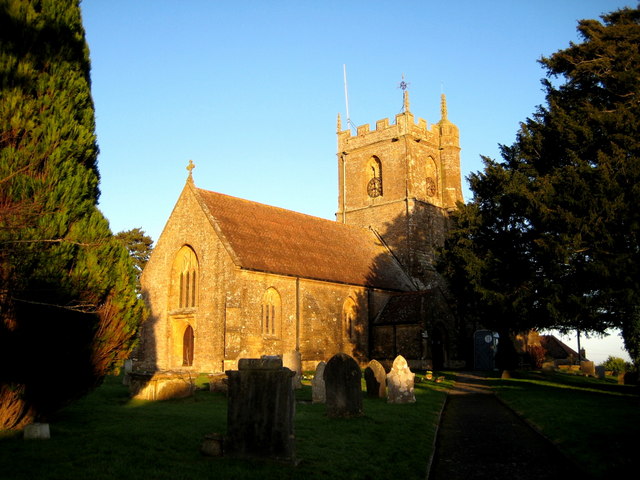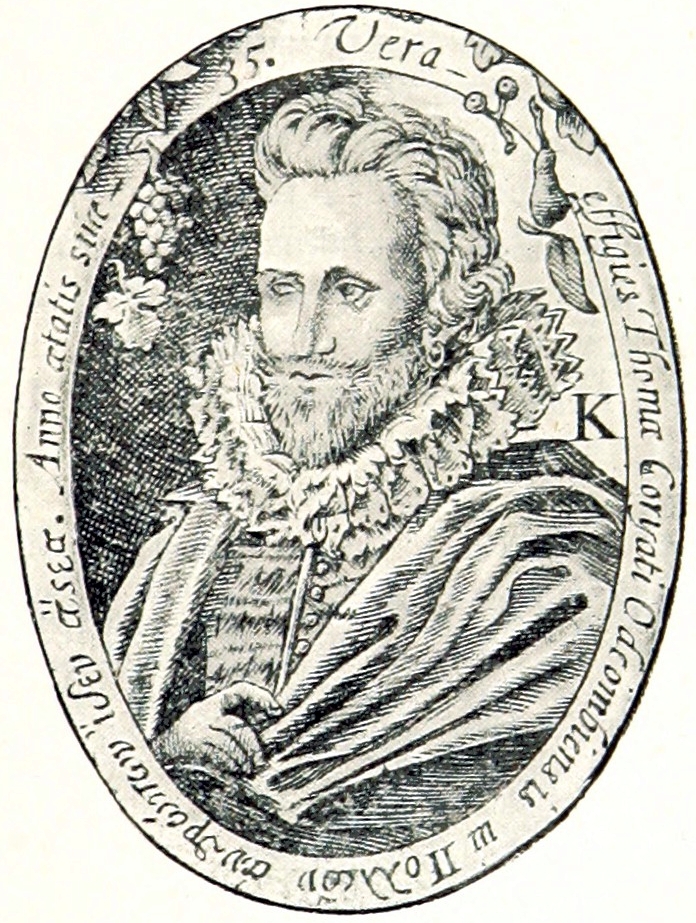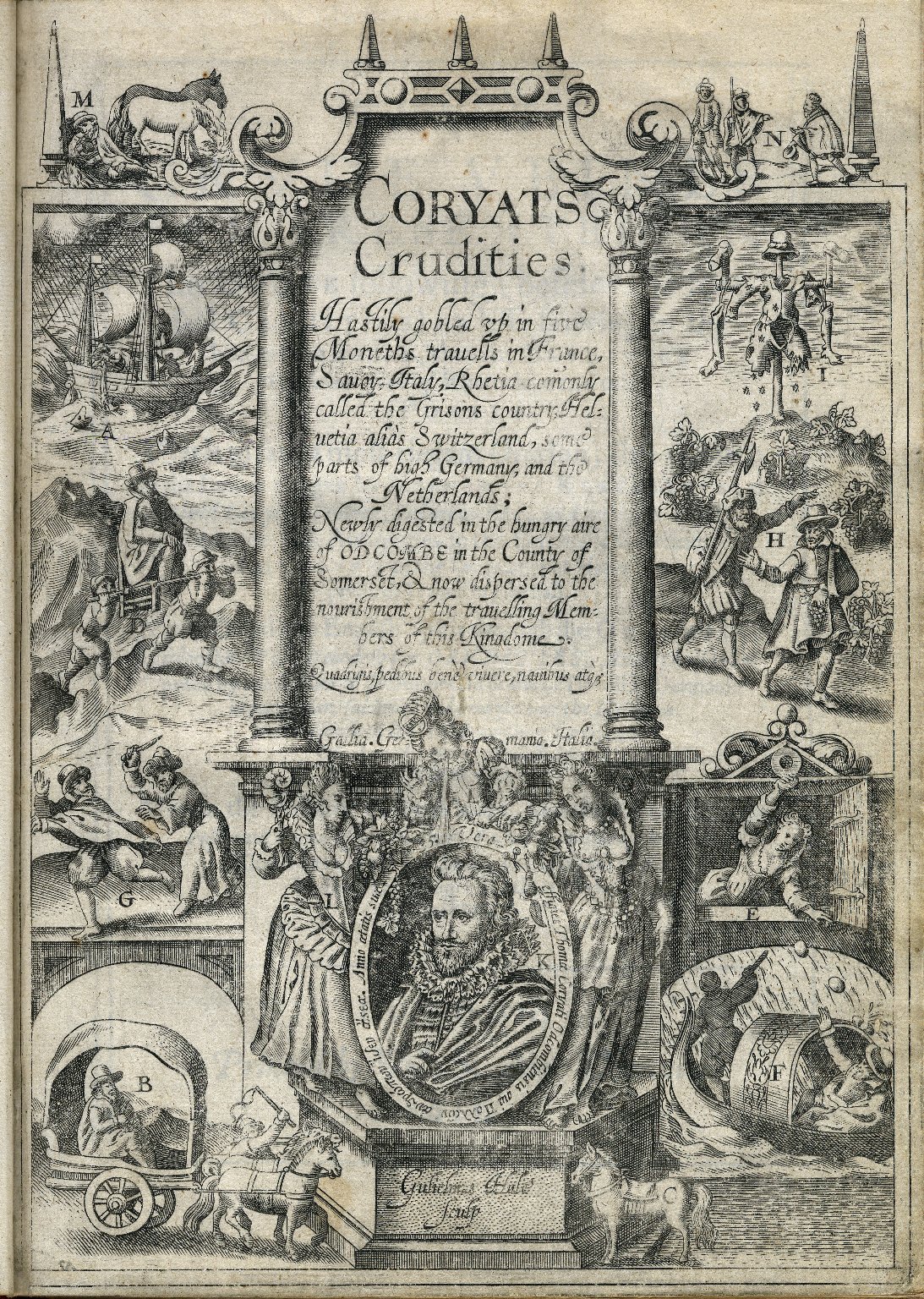|
Odcombe
Odcombe is a village and civil parish in south Somerset, England, west of the town of Yeovil, with a population of 759 in 2011. The upper part of the village, Higher Odcombe, sits on the crest of the hill, while the lower part, Lower Odcombe, is built on its northern slopes. Odcombe falls within the Yeovil (UK Parliament constituency), Yeovil Parliamentary constituency and is covered by the Non-metropolitan district of South Somerset, which was formed on 1 April 1974 under the Local Government Act 1972, having previously been part of Yeovil Rural District. There is a Parish councils of England, parish council which has responsibility for local issues. History The village is mentioned in the Domesday book when it was owned by Robert, Count of Mortain. After the Battle of Hastings in 1066, the Barony of Odcombe was given to Ansgar de Brito (formerly Ansgar de Montacute/Ansgar Deincourt) for valor in battle. Along with the Odcombe Barony, Ansgar de Brito acquired multiple addition ... [...More Info...] [...Related Items...] OR: [Wikipedia] [Google] [Baidu] |
Odcombe Church
The Anglican Church of St Peter and St Paul in Odcombe, Somerset, England was built in the 13th century. It is a Grade II* listed building. History The church has 13th-century origins and was restored in the 15th. In 1874 transepts were added and the church Victorian restoration, restored. The parish is part of the Ham Hill benefice within the Diocese of Bath and Wells. Architecture The Ham stone building has clay tile roofs. It consists of a three-Bay (architecture), bay nave and two-bay chancel with transepts, vestry and porch. The central two-stage tower is supported by corner buttresses with pinnacles. It is decorated with gargoyles. The tower holds six bells. Most of the interior fittings are from the 19th century, but the purbeck stone Baptismal font, font is much older. There is a memorial to the travel writer Thomas Coryate who lived in the village around 1600, and a replica of a pair of his shoes. A headstone in yellow Jaisalmer stone lies embedded in the front l ... [...More Info...] [...Related Items...] OR: [Wikipedia] [Google] [Baidu] |
Church Of St Peter And St Paul, Odcombe
The Anglican Church of St Peter and St Paul in Odcombe, Somerset, England was built in the 13th century. It is a Grade II* listed building. History The church has 13th-century origins and was restored in the 15th. In 1874 transepts were added and the church restored. The parish is part of the Ham Hill benefice within the Diocese of Bath and Wells. Architecture The Ham stone building has clay tile roofs. It consists of a three- bay nave and two-bay chancel with transepts, vestry and porch. The central two-stage tower is supported by corner buttresses with pinnacles. It is decorated with gargoyles. The tower holds six bells. Most of the interior fittings are from the 19th century, but the purbeck stone font is much older. There is a memorial to the travel writer Thomas Coryate who lived in the village around 1600, and a replica of a pair of his shoes. A headstone in yellow Jaisalmer stone lies embedded in the front lawn of the church to mark a memorial service to poet Dom M ... [...More Info...] [...Related Items...] OR: [Wikipedia] [Google] [Baidu] |
South Somerset
South Somerset is a local government district in Somerset, England. The South Somerset district covers an area of ranging from the borders with Devon, Wiltshire and Dorset to the edge of the Somerset Levels. It has a population of approximately 158,000. The administrative centre of the district is Yeovil. On 1 April 2023, the district will be abolished and replaced by a new unitary district for the area at present served by Somerset County Council. The new council will be known as Somerset Council. History The district was formed on 1 April 1974, and was originally known as Yeovil, adopting its present name in 1985. It was formed by the merger of the municipal boroughs of Chard, Yeovil, along with Crewkerne and Ilminster urban districts and the Chard Rural District, Langport Rural District, Wincanton Rural District and Yeovil Rural District. The district covers the whole of the Yeovil constituency, and part of Somerton and Frome. The district is governed by the Sout ... [...More Info...] [...Related Items...] OR: [Wikipedia] [Google] [Baidu] |
Houndsborough (hundred)
The Hundred of Houndsborough is one of the 40 historical Hundreds in the ceremonial county of Somerset, England, dating from before the Norman conquest during the Anglo-Saxon era although exact dates are unknown. Each hundred had a 'fyrd', which acted as the local defence force and a court which was responsible for the maintenance of the frankpledge system. They also formed a unit for the collection of taxes. The role of the hundred court was described in the Dooms (laws) of King Edgar. The name of the hundred was normally that of its meeting-place. It is also known as Houndsborough Barwick and Coker Hundred. There were 11 places listed at the time of the Domesday Book, however at the time the hundreds were called Hundesbera and Licget or Liet. Licget or Liet. It was also called Coker Hundred at a later time. It consisted of the ancient parishes of: Barwick, Chilton Cantelo, Chinnock (East, Middle, and West), Chiselborough, Closworth, Coker, Hardington Mandeville, Haselbury ... [...More Info...] [...Related Items...] OR: [Wikipedia] [Google] [Baidu] |
Hilda Mary Hooke
Hilda Mary Hooke (after marriage, Smith; 3 October 1898 – 1978) was an English-born Canadian writer of dramas, poetry, and prose. Her 1938 play, ''Here Will I Nest'' was adapted into Canada's first colour feature-length motion picture, ''Talbot of Canada'', for which she wrote the screenplay. Hooke died in 1978. Biography Hilda Mary Hooke was born at Odcombe, Somerset, England, 3 October 1898. Her parents were Oswald Edgar Smith and Louisa Elizth (Tapscott) Smith."Canada, Ontario Marriages, 1869-1927," database with images, FamilySearch (https://familysearch.org/ark:/61903/1:1:QKMR-SW7W : 8 March 2021), Richard Tapscott Smith and Hilda Mary Hooke, 26 Sep 1925; citing registration , London, Middlesex, Ontario, Canada, Archives of Ontario, Toronto; FHL microfilm 2,413,315. She came to Canada in 1902. For some years after her arrival, she was engaged in musical and dramatic work. Hooke was affiliated with the Little Theatre in London, Ontario, since the 1920s as producer, directo ... [...More Info...] [...Related Items...] OR: [Wikipedia] [Google] [Baidu] |
Thomas Coryat
Thomas Coryat (also Coryate) (c. 15771617) was an English traveller and writer of the late Elizabethan and early Jacobean age. He is principally remembered for two volumes of writings he left regarding his travels, often on foot, through Europe and parts of Asia. He is often credited with introducing the table fork to England, with "Furcifer" (Latin: fork-bearer, rascal) becoming one of his nicknames.Michael Strachan, "Coryate, Thomas (c. 1577–1617)", in ''Literature of Travel and Exploration: an Encyclopedia'', 2003, Volume 1, pp.285–87 His description of how the Italians shielded themselves from the sun resulted in the word "umbrella" being introduced into English. Life and writings Coryat was born in Crewkerne, Somerset, and lived most of his life in the Somerset village of Odcombe. He was a son of George Coryate (died 1607). He was educated at Winchester College from 1591, and at Gloucester Hall, Oxford from 1596 to 1599. He was employed by Prince Henry, eldest ... [...More Info...] [...Related Items...] OR: [Wikipedia] [Google] [Baidu] |
Dom Moraes
Dominic Francis Moraes (19 July 1938 – 2 June 2004) was an Indian writer and poet who published nearly 30 books in English. He is widely seen as a foundational figure in Indian English literature. His poems are a meaningful and substantial contribution to Indian and World literature. Early life Dom Moraes was born in Bombay (now Mumbai) to Beryl and Frank Moraes, former editor of ''The Times of India'' and later ''The Indian Express''. He had a tormented relationship with his mother Beryl, who had been confined to a mental asylum since his childhood. His aunt was the historian Teresa Albuquerque. He attended the city's St. Mary's School, and then left for England to enrol at Jesus College, Oxford. Moraes spent eight years in Britain (in London and Oxford), New York City, Hong Kong, Delhi and Bombay (now Mumbai). Career David Archer published Moraes' first collection of poems, ''A Beginning'', in 1957. When he was 19, still an undergraduate, he became the first Indian to w ... [...More Info...] [...Related Items...] OR: [Wikipedia] [Google] [Baidu] |
George Strong (VC)
George Strong VC (7 April 1833 – 25 August 1888) was an English recipient of the Victoria Cross, the highest and most prestigious award for gallantry in the face of the enemy that can be awarded to British and Commonwealth forces. Details Strong was born 7 April 1833 in Odcombe, Somerset. He was 19 years old, and a private in the Coldstream Guards, British Army during the Crimean War, when the following deed took place for which he was awarded the VC. In September 1855, at Sevastopol, in the Crimea, when on duty, Private Strong picked up a live shell which had fallen into the trench, and threw it over the parapet. He was well aware of the extreme danger involved, and his action saved many lives. Strong died on 25 August 1888. The medal His Victoria Cross is displayed at The Guards Regimental Headquarters (Coldstream Guards RHQ) in Wellington Barracks, London, England. References *''Monuments to Courage'' (David Harvey, 1999) *''The Register of the Victoria Cross ''T ... [...More Info...] [...Related Items...] OR: [Wikipedia] [Google] [Baidu] |
Humphrey Hody
Humphrey Hody (1659 – 20 January 1707) was an English scholar and theologian. Life He was born at Odcombe in Somerset in 1659. In 1676 he entered Wadham College, Oxford, of which he became a fellow in 1685. In 1692 he became chaplain to Edward Stillingfleet, bishop of Worcester, and for his support of the ruling party in a controversy with Henry Dodwell regarding the non-juring bishops he was appointed chaplain to Archbishop John Tillotson, an office which he continued to hold under Thomas Tenison. In 1698 he was appointed regius professor of Greek at Oxford, and in 1704 was made archdeacon of Oxford. Works In 1684 he published ''Contra historiam Aristeae de LXX. interpretibus dissertatio'', in which he argued that the so-called " Letter of Aristeas", containing an account of the production of the Septuagint, was the late forgery of a Hellenic Jew originally circulated to lend authority to that version. The dissertation was generally regarded as conclusive, although I ... [...More Info...] [...Related Items...] OR: [Wikipedia] [Google] [Baidu] |
Coryat's Crudities
' is a travelogue published in 1611 by Thomas Coryat (sometimes also spelled "Coryate" or "Coriat") of Odcombe, an English traveller and mild eccentric. History The book is an account of a journey undertaken, much of it on foot, in 1608 through France, Italy, Germany, and other European countries. Coryat conceived of the 1,975-mile (3,175 km) voyage to Venice and back in order to write the subsequent travelogue dedicated to Henry, Prince of Wales, at whose court he was regarded as somewhat of a buffoon and jester, rather than the wit and intellectual he considered himself. The extent to which Coryat invited such ridicule in pursuit of patronage and court favour is unclear. The year 1608, when Coryat made his journey, was a period of relative peace in France following the end of both the French Wars of Religion (1562–1598), and the Franco-Spanish War (1595–1598) in northern France. Coryat's anecdotes of how the Spanish took Calais in 1596, and Amiens with a bag of ... [...More Info...] [...Related Items...] OR: [Wikipedia] [Google] [Baidu] |
Yeovil Rural District
Yeovil was a rural district in Somerset, England, from 1894 to 1974. It was created in 1894 under the Local Government Act 1894. In 1974 it was abolished under the Local Government Act 1972 when it became part of South Somerset. The parishes which were part of the district included Ash, Barwick, Brympton, Chilthorne Domer, Chilton Cantelo, Chiselborough, Closworth, East Chinnock, East Coker, Hardington Mandeville, Haselbury Plucknett, Ilchester, Limington, Long Load, Marston Magna, Martock, Montacute, Mudford, North Perrott, Norton Sub Hamdon, Odcombe, Rimpton, South Petherton, Stoke sub Hamdon, Tintinhull, West Camel, West Chinnock, West Coker, Yeovil Without and Yeovilton. References Yeovil Rural District at Britain Through Time*Local Government Act 1972 The Local Government Act 1972 (c. 70) is an Act of the Parliament of the United Kingdom that reformed local government in England and Wales on 1 April 1974. It was one of the most significant Acts of Parliament ... [...More Info...] [...Related Items...] OR: [Wikipedia] [Google] [Baidu] |
Ham Hill, Somerset
Ham Hill is a geological Site of Special Scientific Interest (SSSI), Scheduled Ancient Monument, Iron Age hill fort, Roman site, Local Nature Reserve and country park, to the west of Yeovil in Somerset, England. The hill has given its name to the distinctive quarried hamstone and also to two nearby villages: Stoke-sub-Hamdon and Norton Sub Hamdon, whose names mean "under-Ham-hill" (where "Ham" is Old English for a small settlement). The Mendip Hills, Blackdown Hills, Quantock Hills and Dorset Downs are all visible from Ham Hill, especially from its war memorial. It is popular for picnicking, walking and mountain biking in the grassy hollows of the old quarry workings. The geology supports a wide range of fauna including mammals, birds, invertebrates, reptiles and amphibians living on lichens, fungi, ferns and flowering plants. Geology The hill is part of a ridge of sandy limestone rock which is elevated above the lower lying clay vales and nearby Somerset Levels. The sedim ... [...More Info...] [...Related Items...] OR: [Wikipedia] [Google] [Baidu] |






